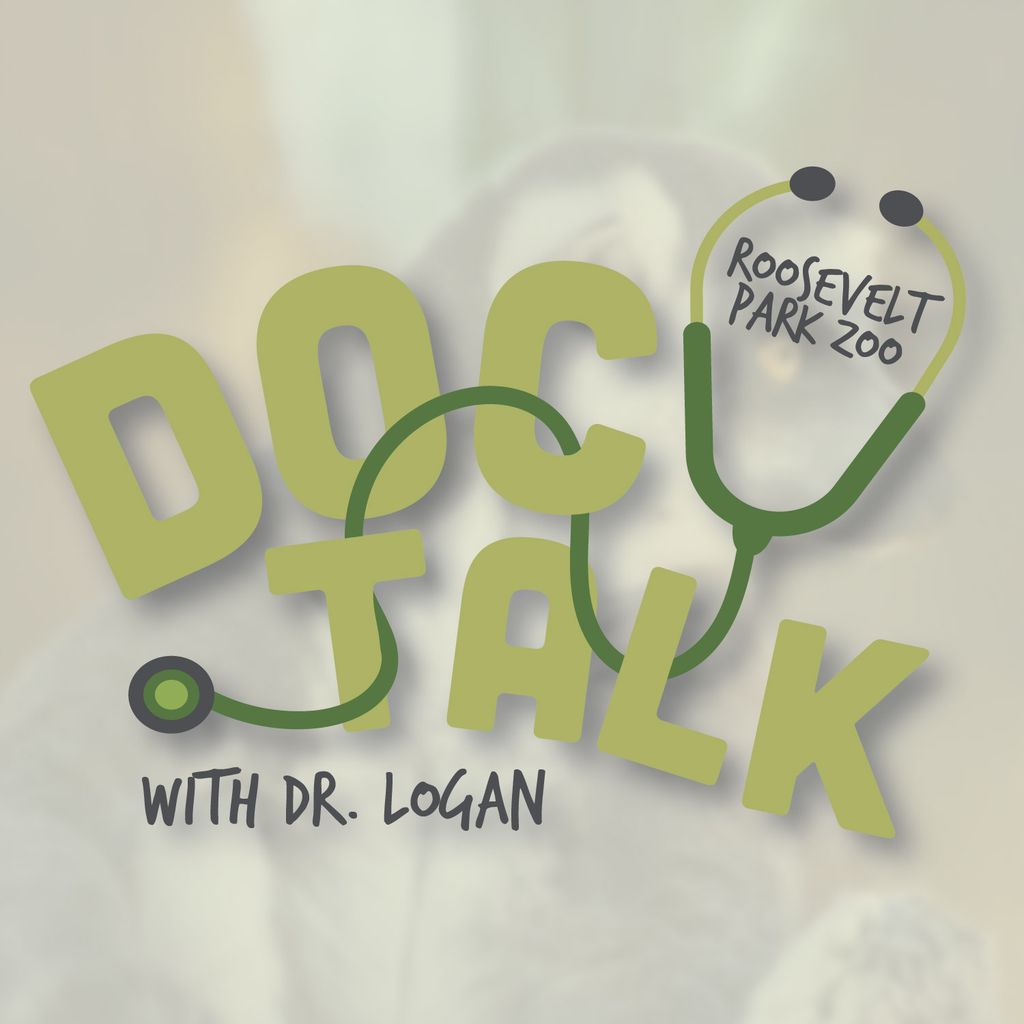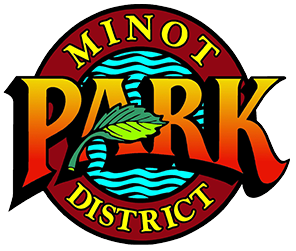
19 Aug Doc Talk – JaKiya’s Hot Spot
As many pet owners can attest, it’s not uncommon for dogs and cats to lick themselves. Perhaps it’s during the normal bathing process or they are soothing an area of a minor irritation, like a bug bite. Maybe they are trying to get every last bit of leftover flavoring off their food after chomping on a tasty treat they were “holding” with their paws. Whatever the reason, licking does happen sometimes. However, when excessive licking occurs, especially when it is concentrated on a particular area, problems can occur. Most pet owners know this as a “hot spot” or “lick granuloma.” The most common breeds to present with this issue include Golden Retrievers, Labrador Retrievers, Doberman Pinschers and German Shepherds.
In the early phases of a lick granuloma, most pet owners (or in this case zookeepers), may notice a well-defined wet spot with some redness and hair loss. As part of ensuring the wellbeing of the animals at RPZ, zookeepers perform daily visual, nutritional, and behavioral assessments of each animal in their area. If a keeper finds something out of the ordinary, they alert management staff, including Dr. Logan to evaluate a treatment plan if needed. As many pet owners would contact their primary veterinarian, when Jakiya the youngest of the zoo’s lion pride presented with this issue, Dr. Logan was called in to take a closer look and come up with a treatment plan. But how do you examine a wild lion cub?
Though empirical treatment was an option, to be safe, Jakiya was given a full and thorough workup. This included a sedated exam, x-rays, bloodwork, wound cleaning, skin cytology impression smears, along with being sent home with antibiotics and topical medications. Dr. Logan stated that “a recent study published in the journal Veterinary Dermatology indicated that 97% of lick granulomas will have a secondary bacterial infection.” Like with our domestic pets, unfortunately, there is no one-size-fits-all treatment plan for a lick granuloma. The key is to prevent the animal or animal(s) from licking the area so that it can heal, but you can’t necessarily put the cone of shame on a lion, now can you. With the help of the entire animal care staff and Dr. Logan’s special topical concoction, placed in a spray bottle, the zoo was able to keep JaKiya and the whole pride from licking the area. “The spot is almost healed, but we still have a way to go before the hair grows back,” Dr. Logan stated. “We hope that we can keep the entire pride from loving her too much, so this spot can grow the hair back, rather than becoming a small scar like the one seen on her shoulder.”
The underlying initial cause is unknown, but it did look like she may have scraped against a tree or scratched it while climbing. But like they say “you should see the other guy!” JaKiya certainly has left her mark on many of the trees while playing, scratching and climbing in the outside yard and living her best life in the Severson-Ahart African Savannah.


